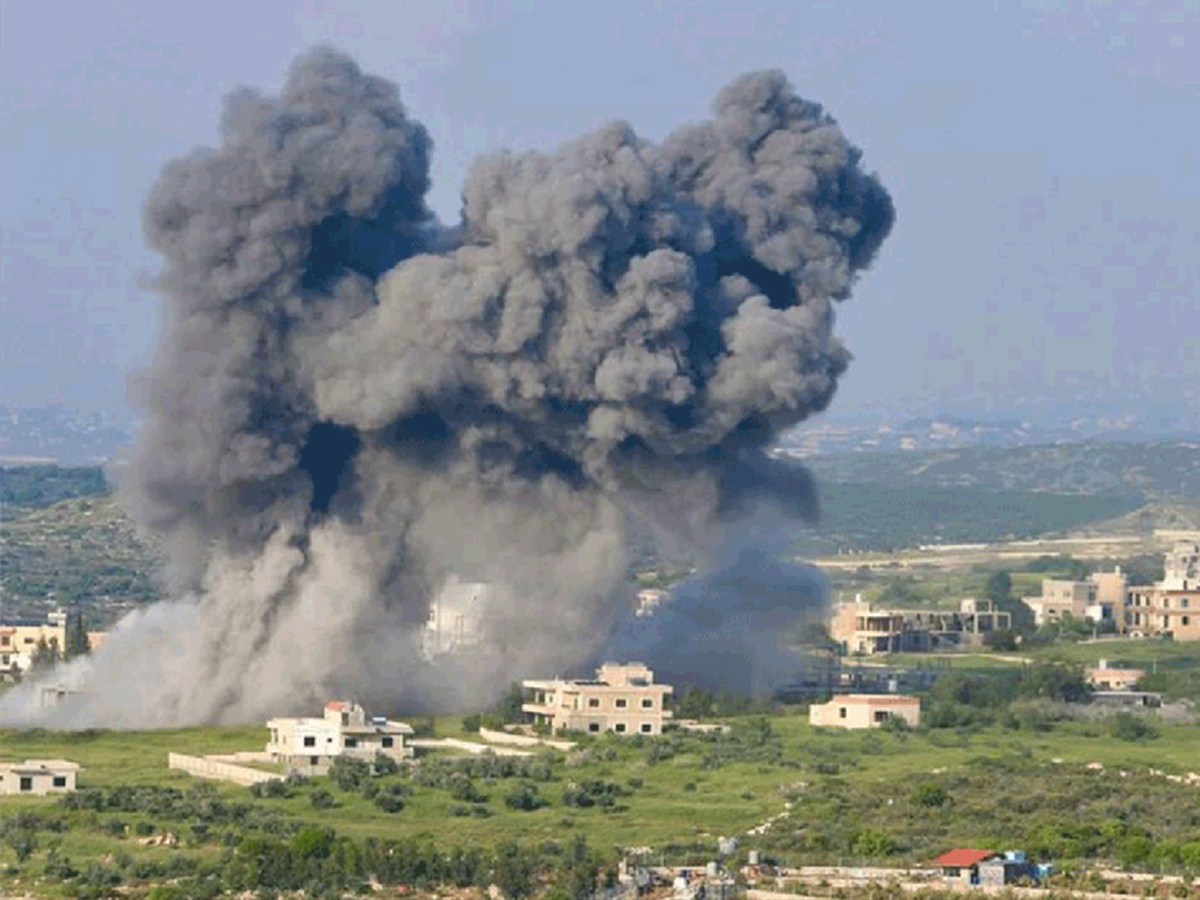Copyright timesnownews

Mahhi Vij was hospitalised after suffering from a high fever and severe weakness. The news was confirmed by her publicist, who stated that the 43-year-old television actor required medical attention due to her condition. The hospitalisation comes at a time when rumours regarding her marriage to Jay Bhanushali have been circulating in the media. ,“Yes, she has a high fever and extreme weakness and has just been admitted to the hospital. The doctor will run tests now. Nothing beyond this can be confirmed just yet. She is stable, however,” Mahhi’s publicist wrote on Instagram, giving an update on her condition. ,,What is a fever? , A fever is when your body temperature rises higher than normal. Doctors say a fever itself is not an illness. Rather, it is a symptom of a wide range of health conditions. When your body temperature rises a few degrees above normal, it can be a sign that your immune system has been activated, often to fight the infection. ,Common knowledge states that a “normal” body temperature is 98.6 degrees Fahrenheit (37 degrees Celsius). But your baseline body temperature may vary by a degree or more, which can fluctuate. It is typically lower in the morning and higher in the evening. It’s higher during certain points of the women’s menstrual cycle and when you exercise. ,Infants and young children normally have slightly higher body temperatures than older children and adults. So, infants and younger children have slightly higher fever temperatures. There are no strict guidelines for what temperature is a fever, because body temperature varies by person, time of day, and method of measurement. But healthcare providers most often say a fever temperature is 100.4 degrees F (38 degrees C) when measured orally (by mouth). ,Rectal and ear thermometers typically measure temperatures at about 1.0 degrees F (0.6 degrees C) higher than oral thermometers. Skin thermometers (such as forehead thermometers) typically measure temperatures at about 1.0 degrees F (0.6 degrees C) lower than oral thermometers. ,,Signs and symptoms of fever , Apart from an elevated temperature, a few symptoms of fever include: ,Chills and feeling cold Body aches and headaches Fatigue and tiredness On and off or constant sweating Flushed complexion or hot skin Faster heartbeats Lack of appetite, not eating or drinking well. Earache High-pitched crying and fussiness in children Paleness or flushness Excessive thirst Decreased urination What are the most common causes of fever? , A fever has many causes and can be a symptom of almost any illness. A few common conditions that cause fever include: ,Bacterial infections Viral infections Bacterial infections like influenza or COVID-19 Gastrointestinal (GI) infections Urinary tract infections Skin infections A reaction to certain medications Vaccinations Autoimmune diseases Cancer Even allergies cause cold-like symptoms such as sneezing, a runny nose, and watery eyes, but they typically do not cause fever. ,,Is fever dangerous and cause severe complications? , Doctors say untreated fever above 105.8 degrees F (41 degrees C) can be dangerous. If your body temperature reaches this level, your organs will begin to malfunction and will eventually fail. Even moderate fevers can be dangerous for adults with lung or heart disorders because fever causes your breathing and heart rate to spike. ,Fever also worsens the mental state of those who have cognitive issues like dementia or Alzheimer’s disease.



